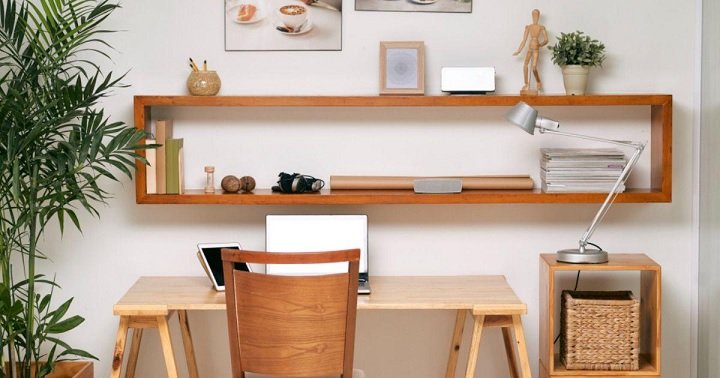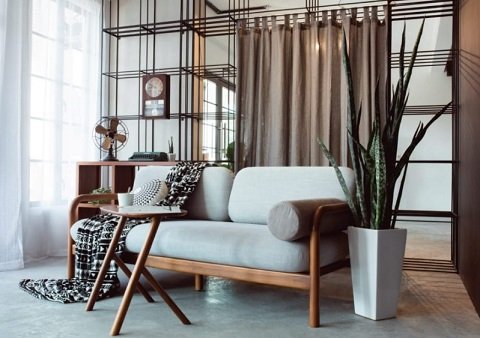
In today’s world, where sustainability’s a consideration, architectural greenhouses have emerged as a revolutionary concept for eco-friendly living. These structures not only contribute to conservation but also bring together functionality and aesthetics in a unique way.
This article explores the process of designing and implementing greenhouses highlighting their environmental benefits and offering practical insights for those interested in adopting a greener lifestyle.
Understanding the Concept of Architectural Greenhouses
Architectural greenhouses go beyond being spaces solely dedicated to plant cultivation, they embody the integration of nature with living. These structures are designed to prioritize energy efficiency, harness natural resources and create a living environment.
By incorporating principles of building architects can create spaces that are visually appealing while also promoting the well being of both occupants and the planet.
Key Components of Eco Friendly Architectural Greenhouses
Energy Efficient Design
To minimize their impact on the environment, architectural greenhouses should focus on energy efficiency. This involves incorporating design principles ensuring proper insulation and exploring renewable energy sources like solar panels to power these structures.
Water Conservation Techniques
Implementing water systems such as rainwater harvesting and efficient irrigation methods is crucial when designing greenhouses. These strategies have benefits. They not only help conserve water resources at the level but also contribute to the overall preservation of this valuable resource.
Utilizing Natural Ventilation and Cooling
By incorporating natural ventilation systems we can effectively regulate the temperature, inside the greenhouse reducing the need for energy intensive cooling methods.
Thoughtful design elements such as placed windows, louvers and thermal mass play a role in achieving optimal natural cooling creating a comfortable and environmentally friendly living space.
Prioritizing Sustainable Materials
It is important to choose construction materials with environmental impact. Opting for recycled materials or sourced options not reduces carbon emissions associated with transportation but also supports sustainable practices in the construction industry.
Creating a Functional and Aesthetically Pleasing Greenhouse
Integration of Living Spaces
Architectural greenhouse can seamlessly blend outdoor environments serving as an extension of our living spaces. By incorporating sitting areas, dining spaces or even workspaces within the greenhouse we can fully immerse ourselves in nature while enjoying the comforts of home.
Thoughtful Plant Selection and Landscape Design
Carefully selecting plants and designing landscapes enhance the appeal of the greenhouse. Creating ecosystems within its structure not adds visual interest but also contributes to biodiversity and ecological balance.
Emphasizing Flexibility and Adaptability
When designing a greenhouse, it’s important to consider flexibility so that the space can adapt to needs and seasons. By incorporating partitions, retractable roofs or adjustable shading systems people can optimize the environment based on weather conditions and personal preferences.
A Step by Step Guide to Creating Architectural Greenhouses
Assessing and Planning the Site
Before starting construction it’s crucial to assess the site. Take into account factors like sunlight exposure, prevailing winds and local climate conditions to position and orient the greenhouse for efficiency.
Collaborating with Experts
Engage with architects, horticulturists and sustainability experts during the planning phase. Their expertise will ensure that the greenhouse is not visually appealing but functional and environmentally responsible.
Compliance with Regulations
Understanding and adhering to building codes and environmental regulations is vital. Obtain permits and certifications to ensure a construction process while meeting sustainability standards.
Construction and Material Choices
During construction attention to detail is essential. Use construction practices. Choose materials with low environmental impact. Incorporate energy efficient technologies while ensuring that the greenhouse has infrastructure, for water conservation and renewable energy integration.
Landscaping and Planting
Once the foundational elements are, in place you can begin with landscaping and planting. Collaborate with landscape designers to create a fusion of greenery that complements the design. It’s worth considering plants that thrive in the climate and require minimal upkeep.
Benefits of Residing in Architectural Greenhouses
Enhanced Well being
The connection with nature facilitated by greenhouses has been associated with improved health and overall well being. Living in an environment surrounded by greenery promotes relaxation and reduces stress levels. Boosts happiness.
Reduced Environmental Impact
The sustainable design principles and practices linked to greenhouses contribute to a smaller environmental footprint compared to traditional living spaces. Energy efficient systems, water conservation measures and the use of eco materials all play a part in minimizing the carbon emissions.
Energy and Cost Savings
By incorporating energy technologies and renewable energy sources architectural greenhouses not only benefit the environment but also lead to long term cost savings for residents. Lower energy consumption results in reduced utility bills contributing to the sustainability of living in such a space.
Conclusion
Architectural greenhouses offer an approach towards eco living where indoor outdoor boundaries blend seamlessly placing sustainable practices, at center stage. By taking into account the importance of energy efficiency, water conservation, and the utilization of materials, people have the ability to establish living spaces.
These spaces not only showcase a dedication to environmental consciousness but also offer a distinctive and satisfying way of life. Embracing the idea of greenhouses goes beyond design preferences; it signifies a deliberate stride, toward a greener and more sustainable future for individuals and the planet as a whole.






